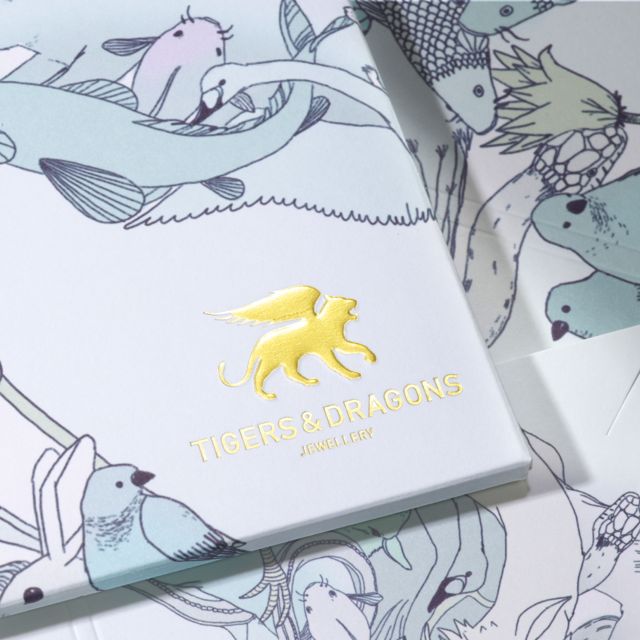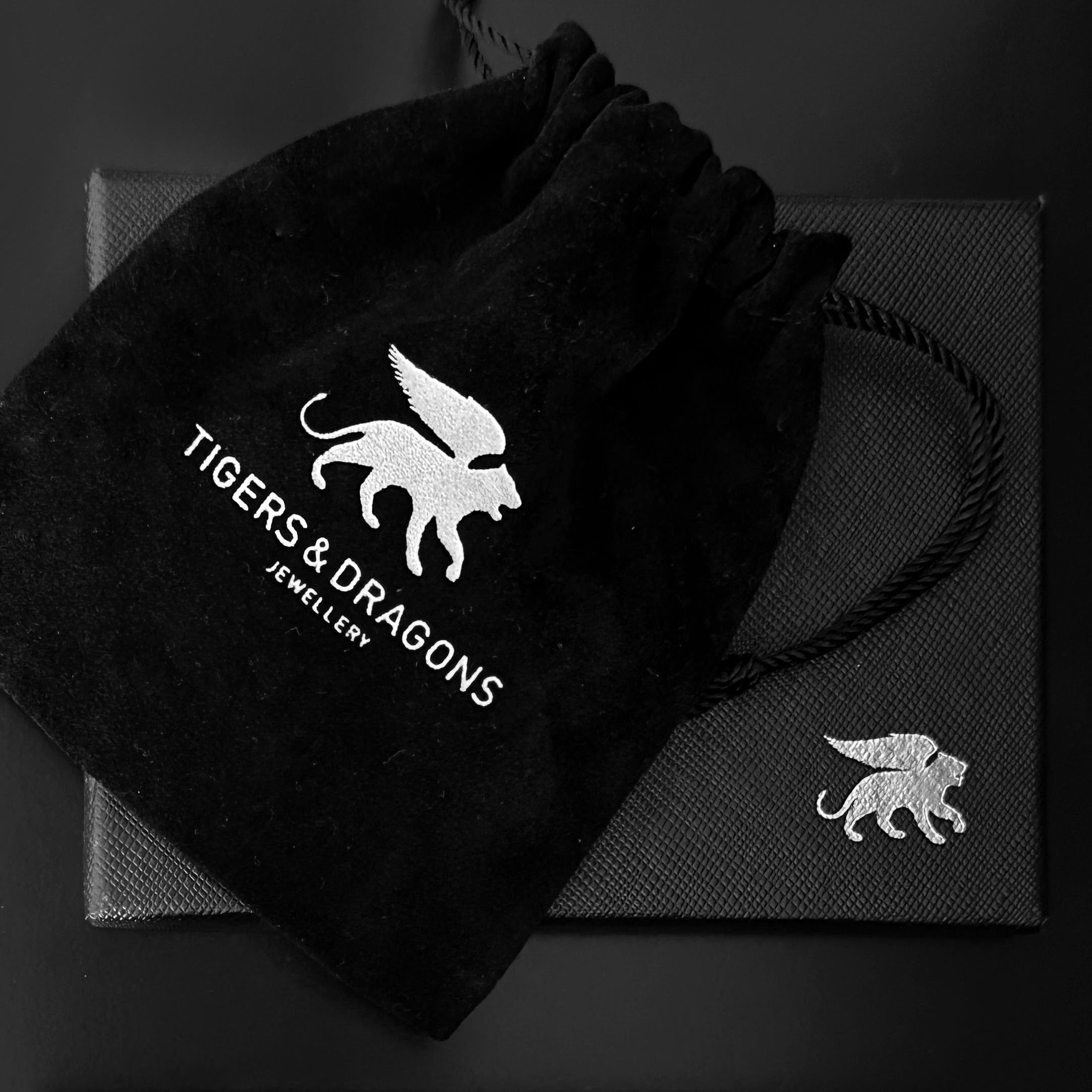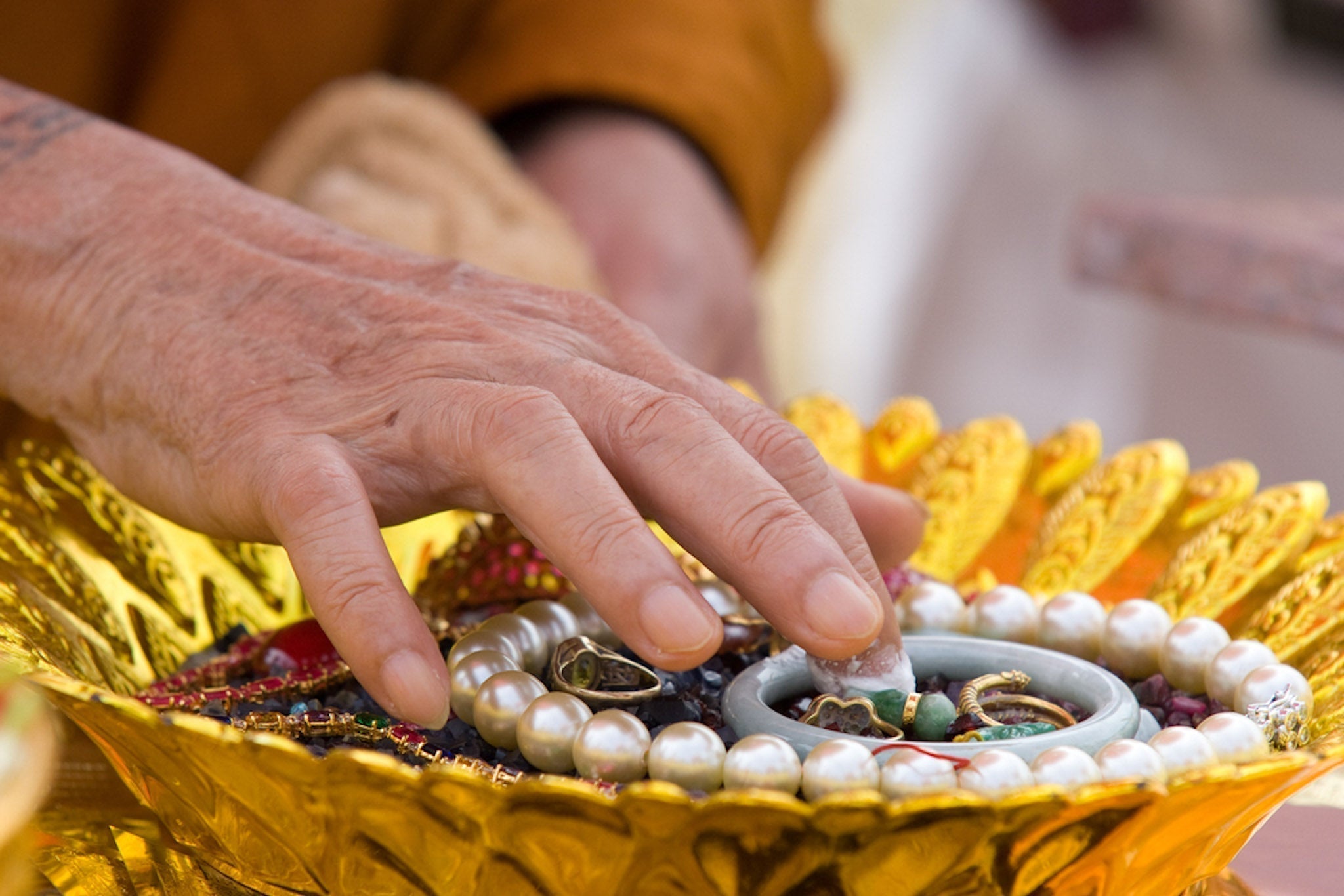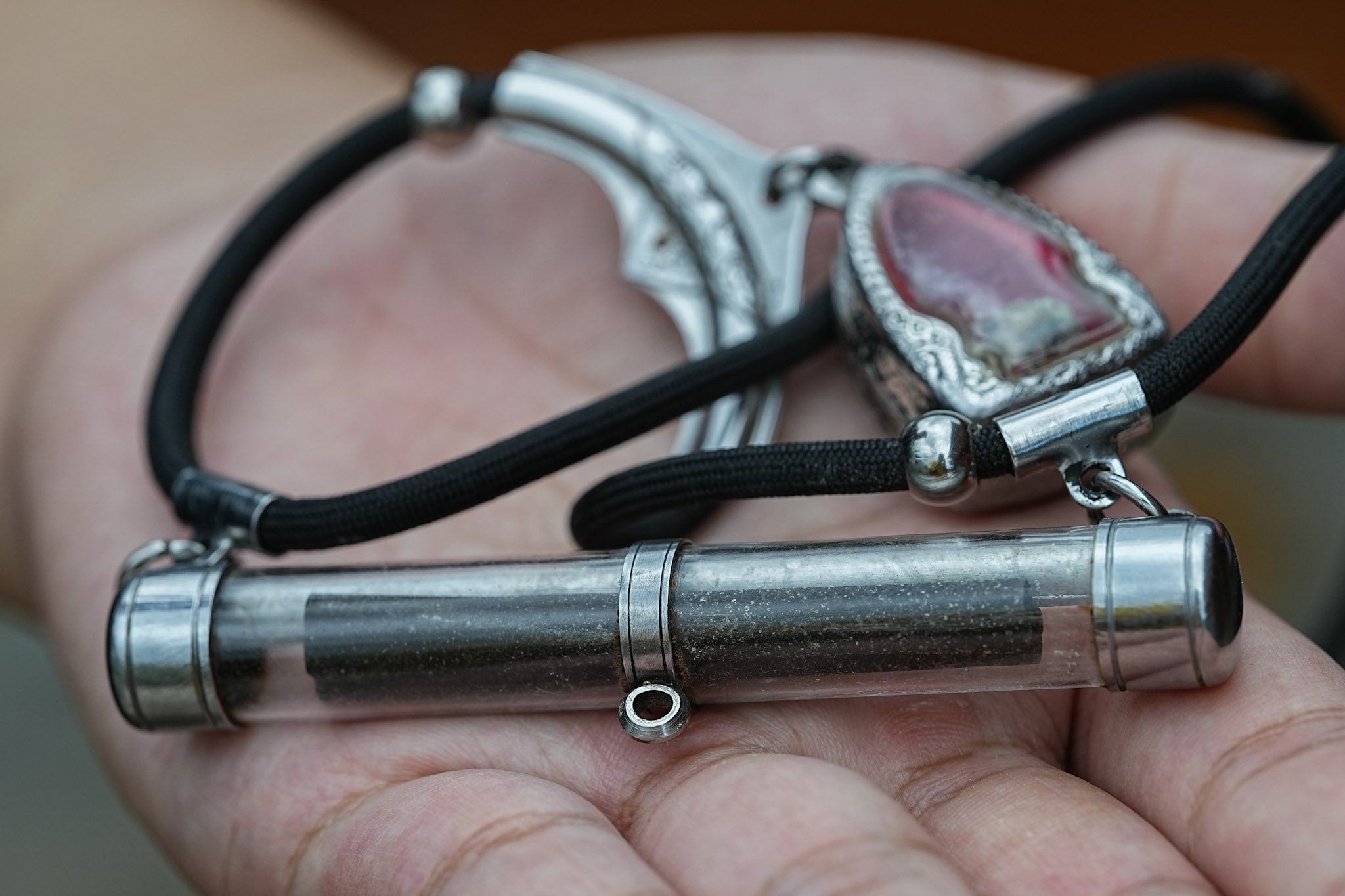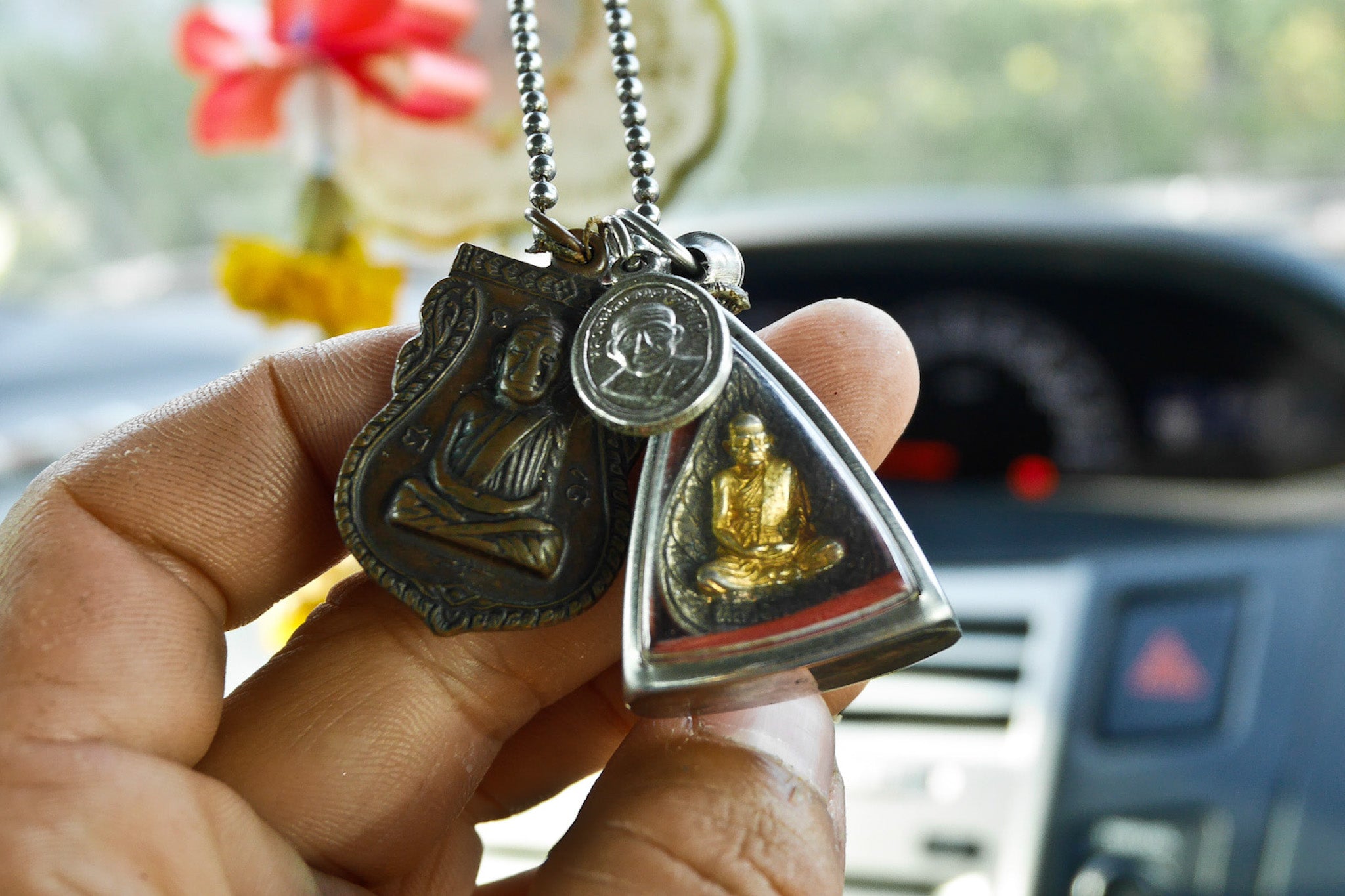
The Living History of Thai Amulets: From Sacred Origins to Cultural Legacy
Roots in Ancient Practice
Thailand's amulet tradition extends far beyond Buddhism's arrival in the region. Archaeological evidence and ethnographic studies reveal that early Thai communities crafted protective objects using indigenous plants known as wan. These herbs, carefully selected and prepared by village shamans, were believed to offer protection from harm and facilitate communication with ancestral spirits.
This practice reflected a sophisticated understanding of the relationship between the natural world and spiritual well being, a worldview that would profoundly influence how Buddhism was later adopted and adapted in Thai culture.
The Buddhist Integration
As Buddhism spread throughout the region between the 6th and 13th centuries, local artisans began incorporating Buddhist iconography into existing protective traditions. This synthesis gave birth to pra kreuang, small clay tablets bearing images of the Buddha, bodhisattvas, or sacred symbols.
These votive tablets served multiple purposes within Buddhist practice. Devotees would commission them as acts of merit making, often placing them within temple foundations, stupas, or other sacred structures. The act of creation itself was considered spiritually beneficial, involving both the craftsman and the patron in the accumulation of merit.
Unlike purely decorative religious art, these tablets were designed to be accessible to ordinary people, democratizing Buddhist symbolism and making sacred imagery available beyond the monastery walls.
The Somdej Toh Legacy
The 19th century marked a pivotal moment in Thai amulet history with the work of Somdej Toh (1788-1872), one of Thailand's most revered monks. Working at Wat Rakang Kositharam in Bangkok, Somdej Toh developed what would become known as Phra Somdej amulets—pieces that set new standards for both spiritual significance and artistic excellence.
His methodology was remarkably sophisticated. The base material consisted of temple dust, pollen from sacred flowers, hair from accomplished monks, and various blessed powders, each component selected for its spiritual associations. Recent ethnographic research has revealed that the timing of these creations often coincided with significant royal ceremonies, suggesting a deliberate effort to link personal protection with national spiritual identity.
The reverence for these amulets persists today, with authentic pieces commanding extraordinary prices not merely as collectibles, but as tangible connections to Thailand's spiritual heritage. Their value reflects both artistic merit and the continuing belief in their protective properties.
Material Evolution and Symbolic Meaning
Contemporary Thai amulets demonstrate remarkable diversity in both materials and forms. Traditional clay and sacred powders remain popular, but craftsmen now work with metals, woods, bone, and composite materials. Among the most intriguing forms are takrut, small metal cylinders containing rolled manuscripts with sacred inscriptions, protective formulas, or Buddhist texts.
This material diversity reflects the dynamic nature of Thai spiritual culture, which continues to blend formal Buddhist doctrine with folk magical practices. Academic studies have noted how this synthesis creates a unique religious landscape where community rituals, monastic blessing ceremonies, and sophisticated authentication practices coexist.
The production process itself has evolved into a complex art form, with master craftsmen often training under accomplished monks and following traditional formulas passed down through generations. The authentication of amulets has developed into a specialized field, with experts able to identify specific workshops, time periods, and blessing lineages.
Cultural Significance in the Modern Era
In contemporary Thailand, amulets function as more than personal protection—they serve as cultural artifacts that preserve and transmit traditional knowledge. The study of amulets reveals much about Thai history, artistic traditions, and the ongoing negotiation between traditional beliefs and modern life.
For many Thais, wearing amulets represents continuity with ancestral practices while adapting to contemporary circumstances. The objects serve as tangible links to cultural identity, carrying forward centuries of accumulated spiritual wisdom.
International interest in Thai amulets has grown significantly, with collectors and researchers from around the world studying their historical significance and artistic merit. This global attention has, in turn, influenced how Thai artisans approach their craft, often leading to renewed appreciation for traditional techniques and materials.
Understanding the Appeal
The enduring fascination with Thai amulets speaks to universal human needs that transcend cultural boundaries. They represent the desire for protection in an uncertain world, the search for meaning beyond material existence, and the hope for connection with something greater than oneself.
For scholars, these objects offer insights into how religious traditions adapt and survive across centuries. For practitioners, they provide tangible expressions of faith and community belonging. For cultural observers, they demonstrate the remarkable capacity of traditional arts to maintain relevance in rapidly changing societies.
The story of Thai amulets is ultimately a story about how human creativity responds to spiritual longing, transforming simple materials into objects that carry profound meaning across generations. Whether viewed as religious artifacts, artistic achievements, or cultural treasures, they continue to embody the living traditions that have shaped Thai civilization for over a millennium.
Discover the essence of Thai spirituality with our authentic Thai amulet bracelets. Hand-blessed by monks and ajarns, they are designed to connect tradition with modern living.






